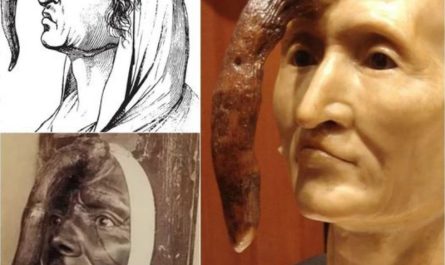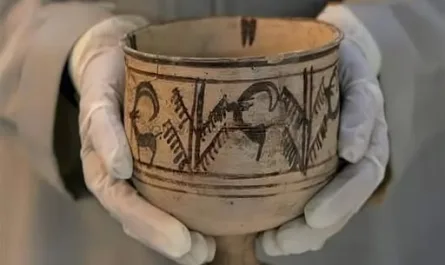Carved into a chalk hillside in Oxfordshire, England, the White Horse of Uffington is a striking prehistoric hill figure, dating back approximately 3,000 years to the late Bronze Age or early Iron Age (c. 1000–700 BCE). This iconic, minimalist depiction of a horse, stretching 110 meters across the landscape, is one of Britain’s oldest and most enigmatic monuments, crafted with ingenuity and enduring mystery.
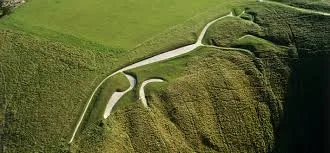
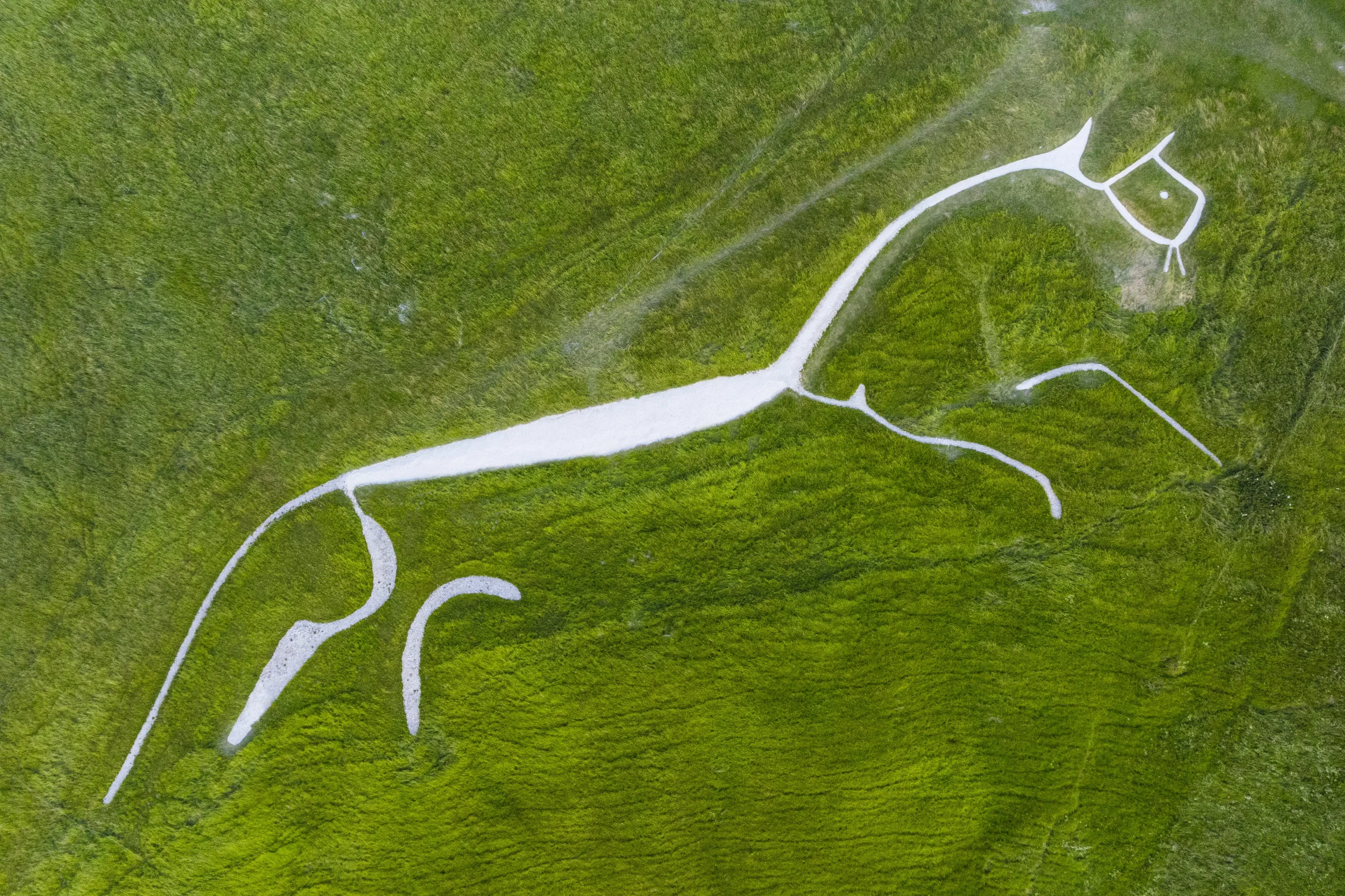
A Masterpiece in Chalk
The White Horse was created by digging deep, curved trenches into the chalk-rich hillside of Uffington’s White Horse Hill, then filling them with crushed white chalk rubble to create a vivid, glowing figure against the green slopes. Measuring about 110 meters long and 40 meters high, its sleek, abstract design—more akin to a flowing sketch than a realistic portrait—sets it apart from other hill figures. Its creation required precise planning and communal effort, as the chalk had to be meticulously maintained to remain visible over millennia.
The figure’s location, near the Ridgeway, an ancient trade route, and Dragon Hill, a site steeped in folklore, suggests it held cultural or ceremonial significance. The horse’s stylized form, with a beaked head and sinuous lines, may have symbolized power, fertility, or tribal identity for the people who carved it, possibly the ancestors of the Iron Age Atrebates tribe.
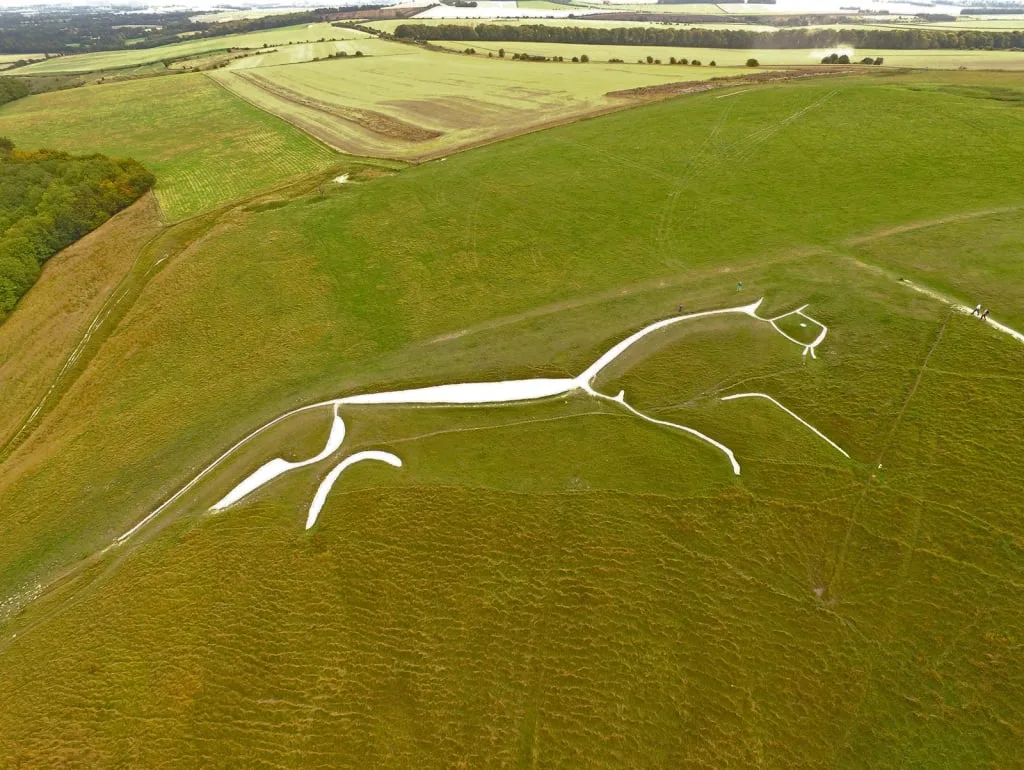
A Timeless Symbol
Optically stimulated luminescence (OSL) dating of silt from the trenches confirms the horse’s age, placing its creation between 1200 and 700 BCE, making it far older than other British hill figures like the Cerne Abbas Giant. Its preservation is remarkable, maintained through periodic “scouring” festivals, where communities cleared weeds and refreshed the chalk. These traditions, documented into the 19th century, ensured the horse’s survival, reflecting its enduring importance to local identity.
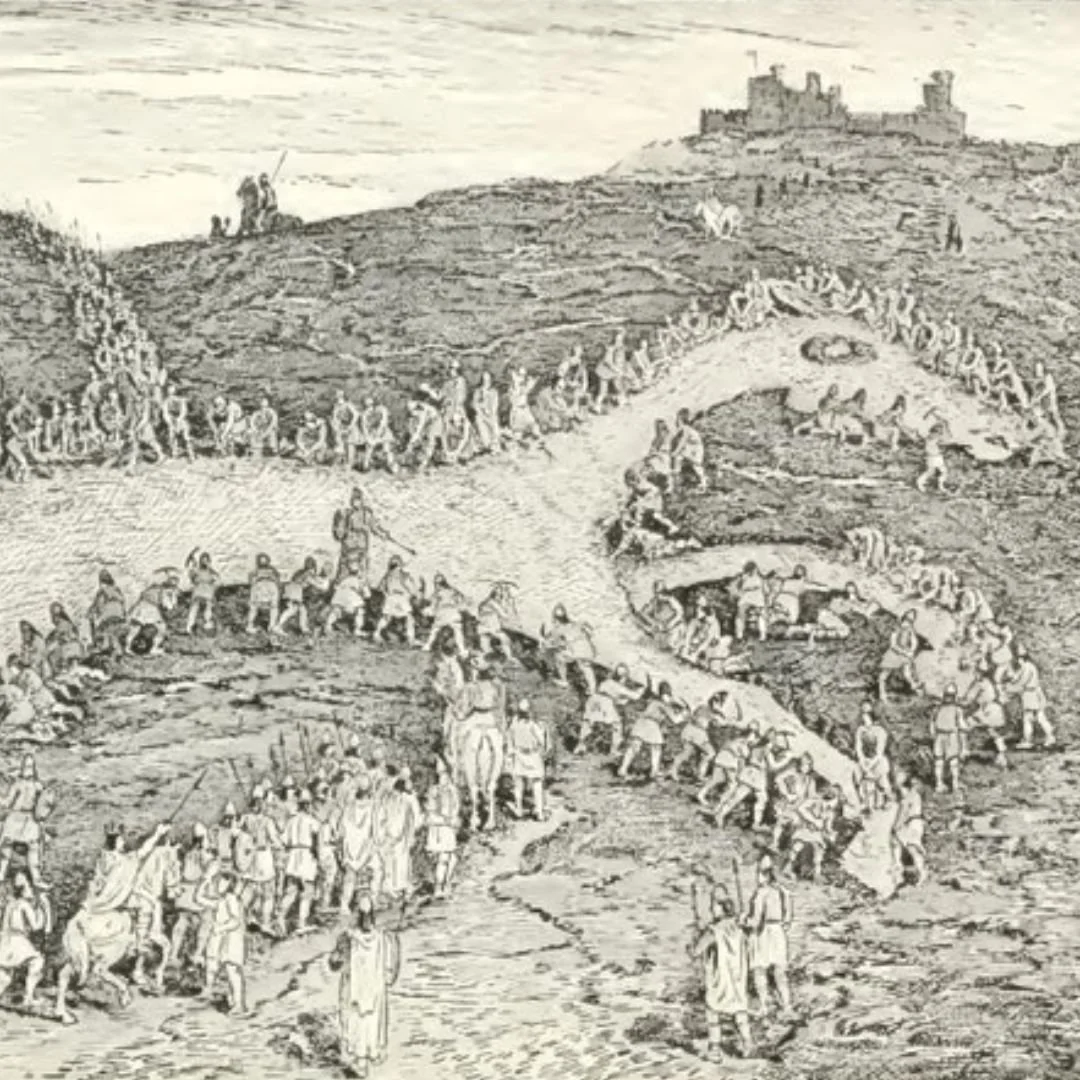
The White Horse’s purpose remains speculative. Some theories suggest it was a tribal emblem, a religious symbol linked to Celtic horse deities like Epona, or a territorial marker visible from miles away. Its proximity to Uffington Castle, an Iron Age hillfort, and legends of St. George slaying a dragon on nearby Dragon Hill add layers of myth, though no written records from its creators survive.
A Modern Marvel
Today, the White Horse of Uffington, part of a UNESCO-nominated landscape, draws visitors for its haunting beauty and historical intrigue. Managed by the National Trust, it remains a vivid landmark, best viewed from the air or nearby hills. Its abstract design has inspired artists, poets, and even modern logos, cementing its place as a cultural icon. The chalk figure, glowing against the Oxfordshire countryside, stands as a testament to prehistoric artistry and the enduring human impulse to leave a mark on the land.



